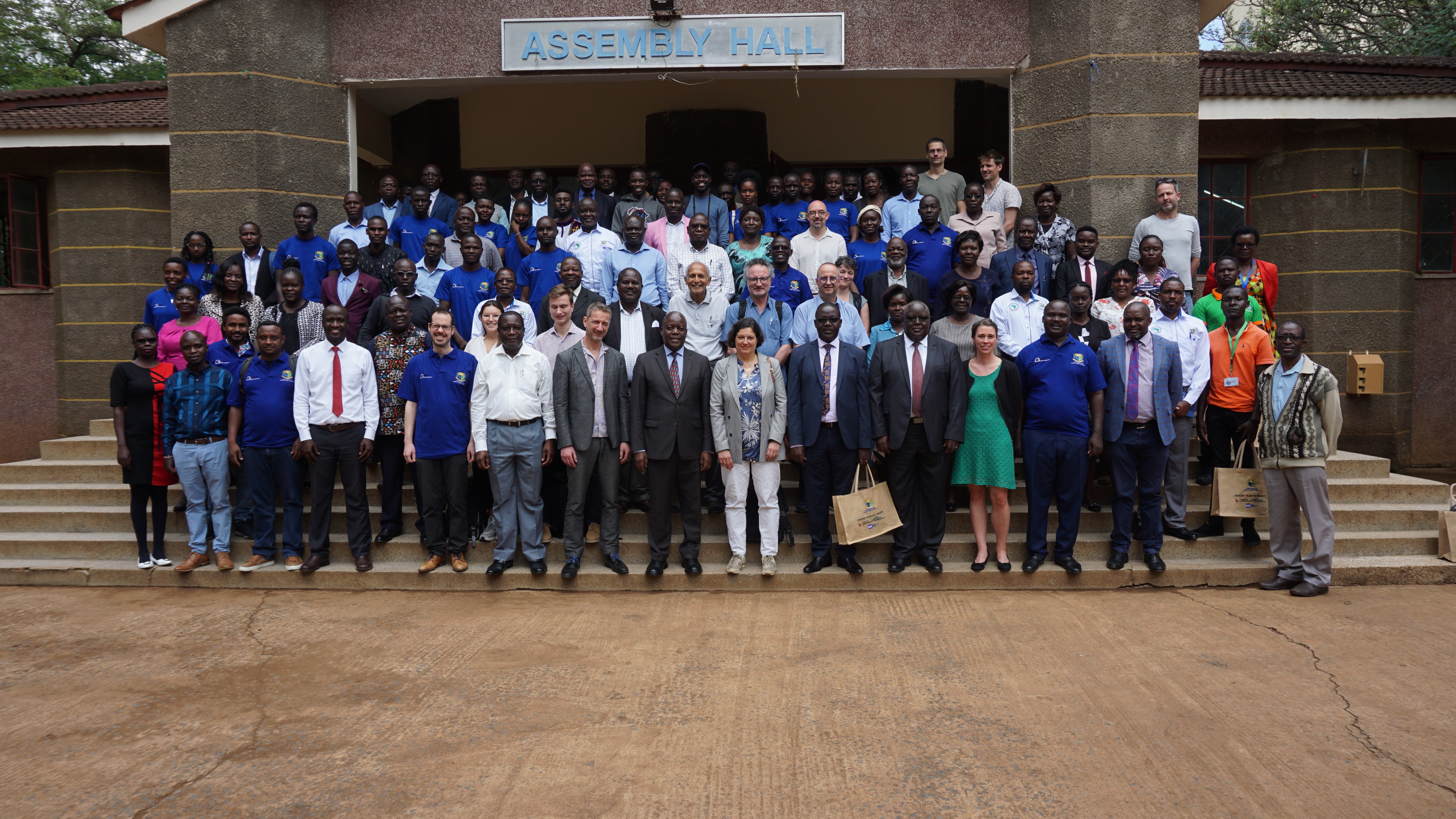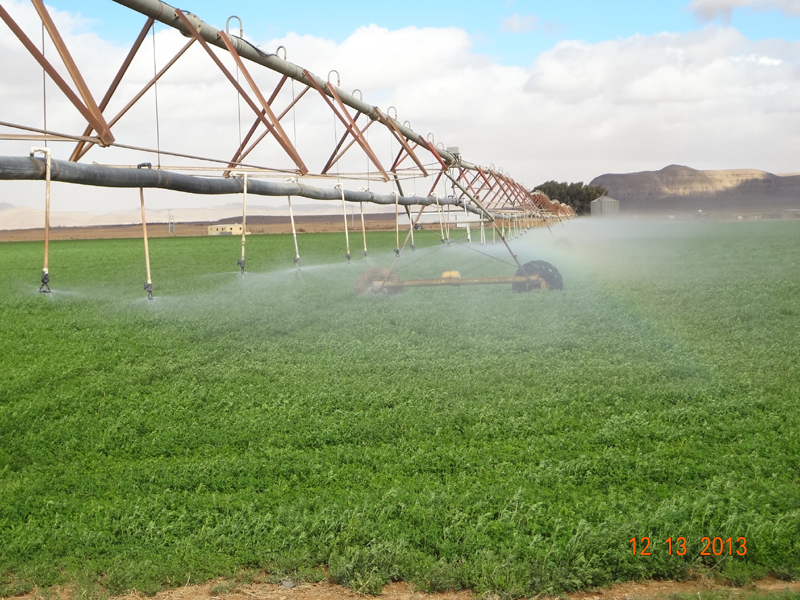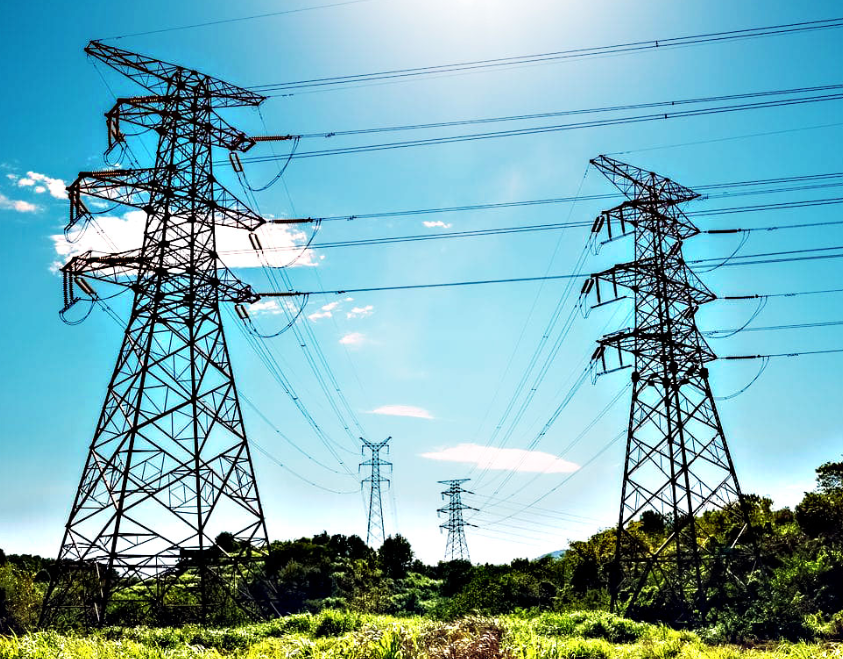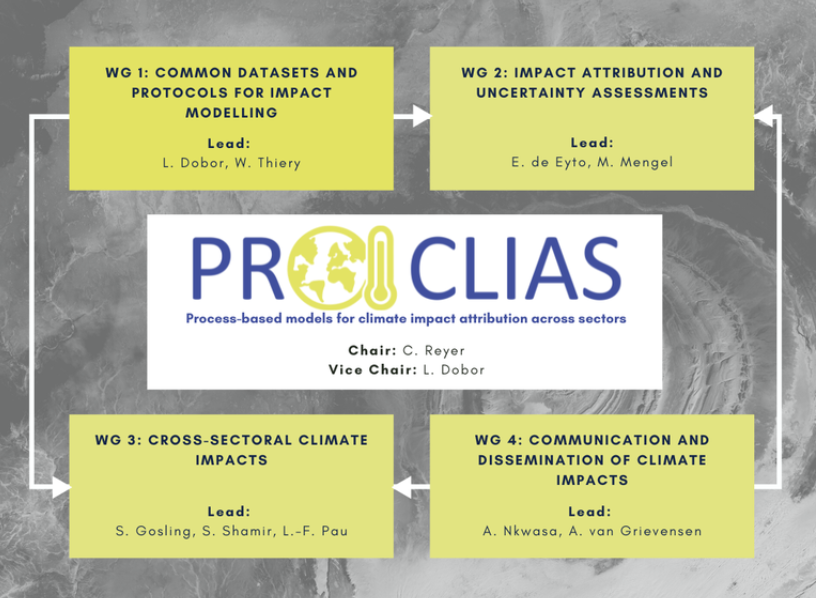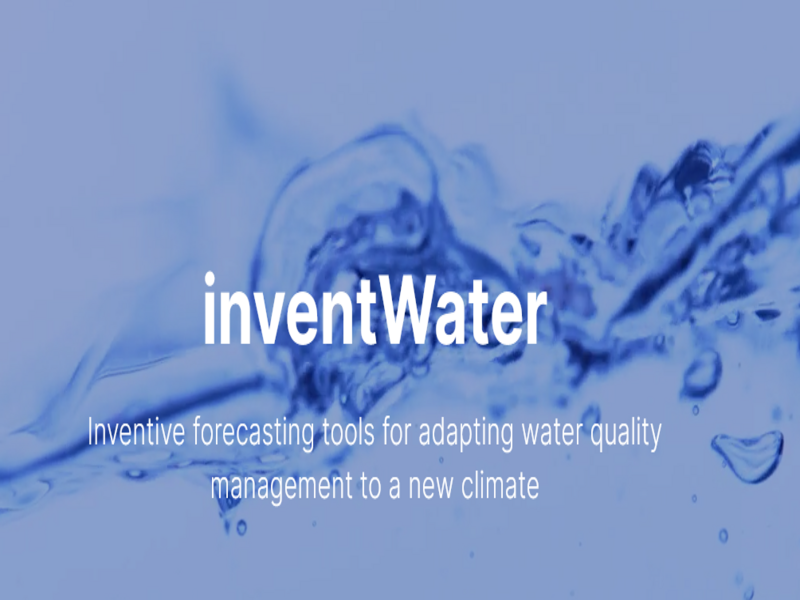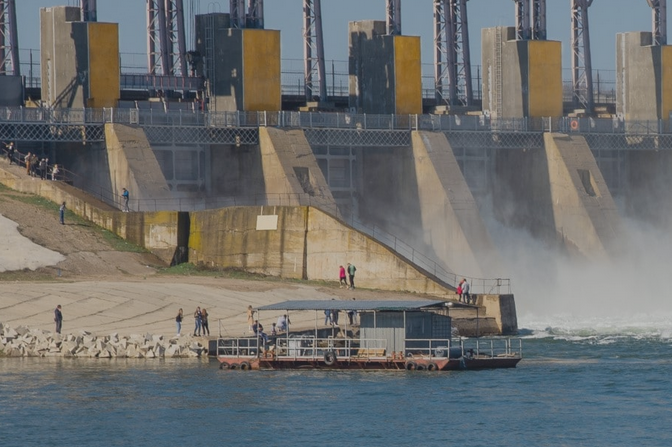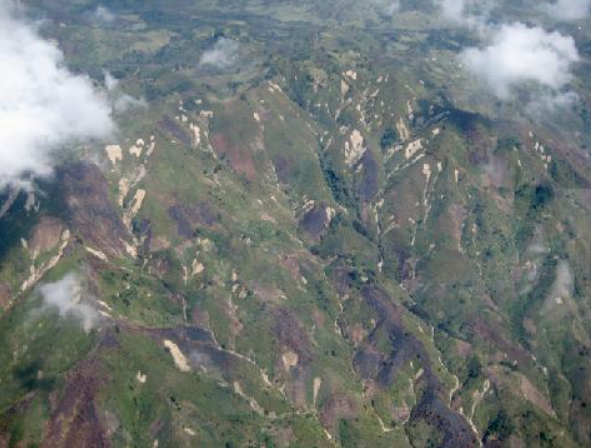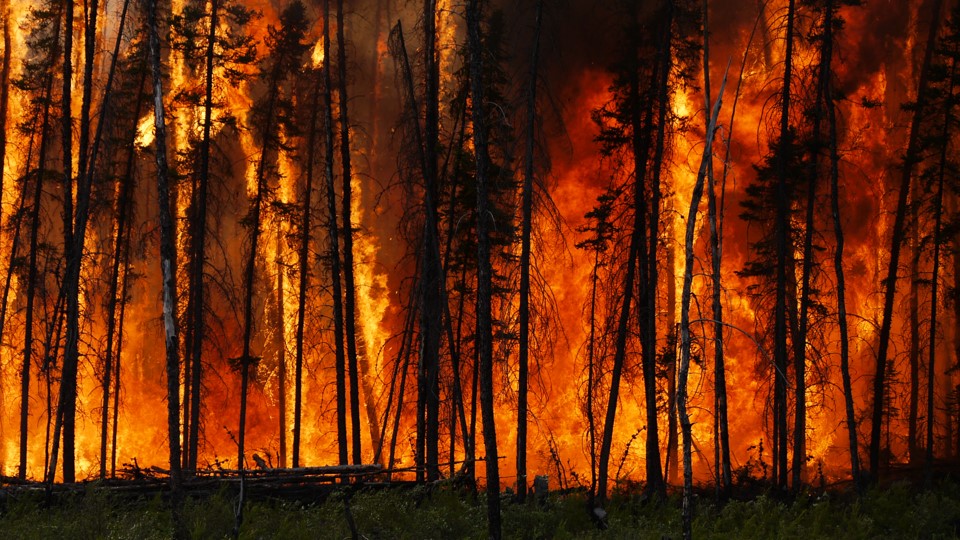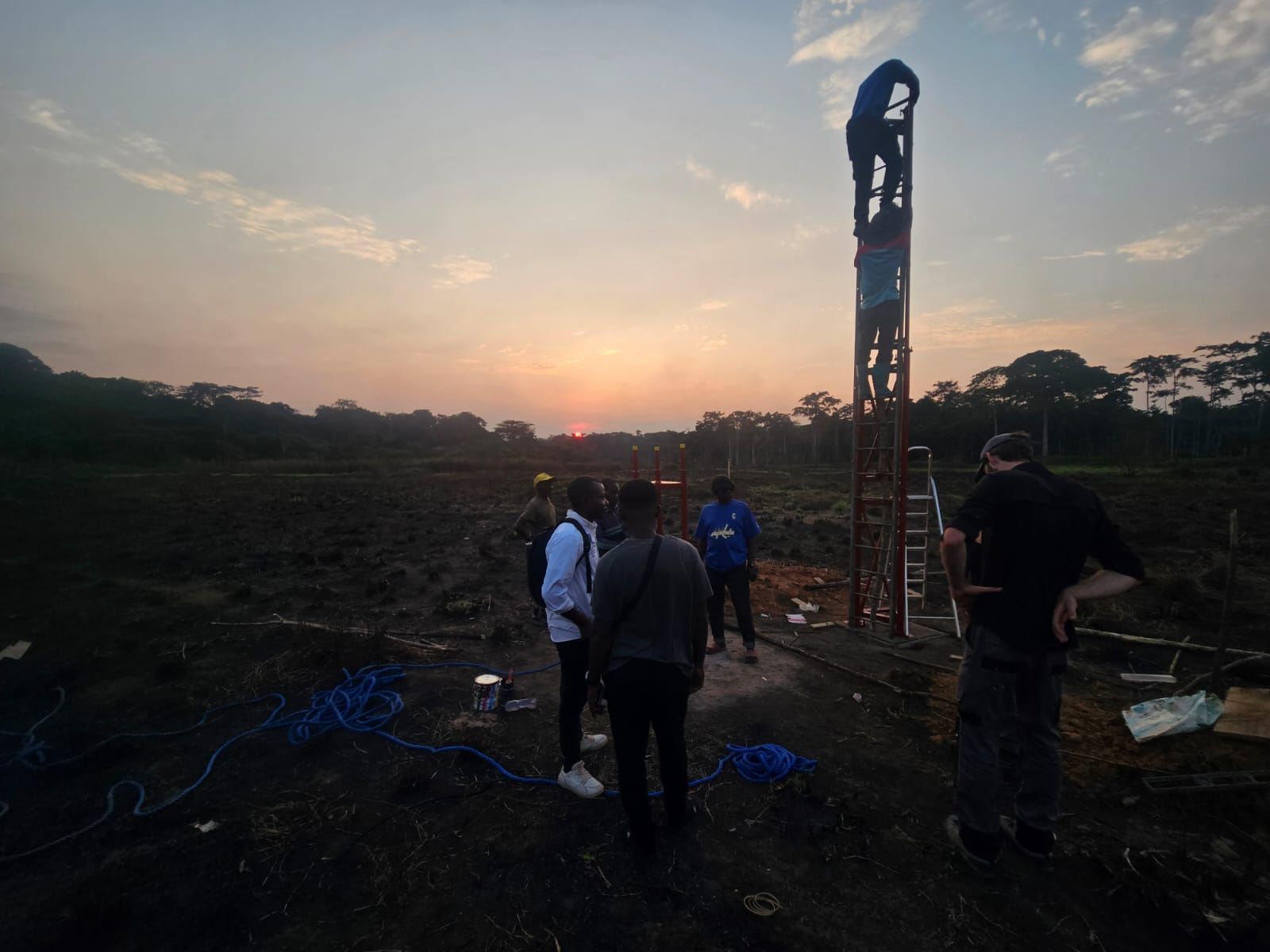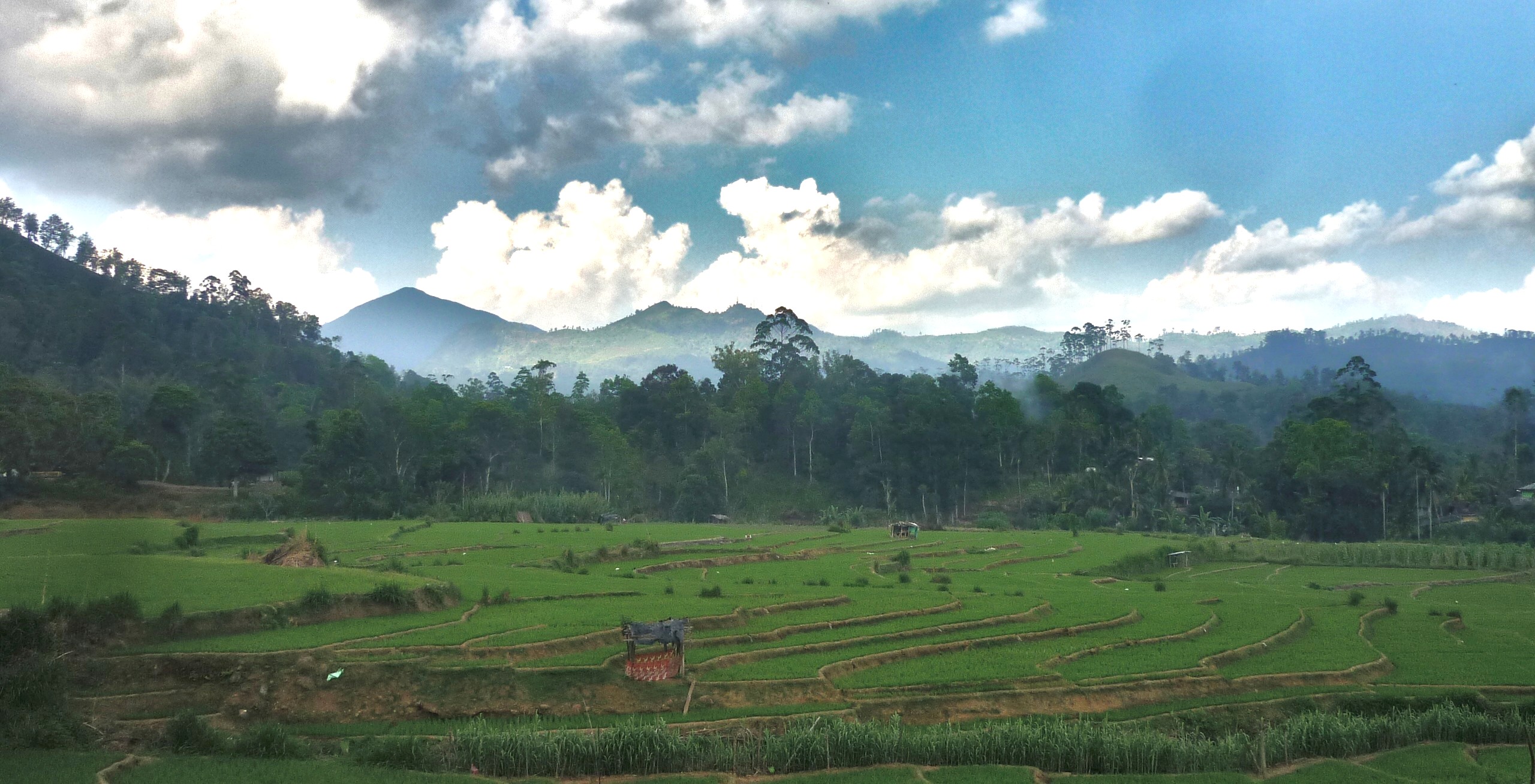Weather hazards in East Africa have a detrimental impact on local societies. The African Great Lakes, a collection of vast inland waters in equatorial East Africa, exert a major influence on the hydrological cycle and frequently trigger hazardous thunderstorms. Yet the mechanisms behind their climatic influence are poorly understood. And while global simulations of future climate project an intensification of rainfall extremes, little is known about future scenarios of extreme precipitation for this region and about the role of lakes therein. This dissertation therefore aims at an improved understanding of tropical lake-climate interactions and at the development of a future projection assessing the consequences of increased greenhouse gas concentrations on extreme rainfall in the African Great Lakes region.
In this thesis, we use the COSMO-CLM2 regional climate model coupled to a one-dimensional lake model, FLake, to generate the first high-resolution assessment of the present and future imprint of the African Great Lakes on the regional climate system. Model integrations are performed at a horizontal resolution of 0.0625° (~7 km), unprecedented for climate-scale simulations in this region. The choice and configuration of the coupled lake-land-atmosphere climate model are informed by two detailed studies of the behaviour of one-dimensional lake models over the African Great Lakes.
To start, the one-dimensional lake model FLake is extensively evaluated and tested over two African Great Lakes. Careful forcing data correction and model configuration allowed for the correct representation of mixed layer depths and water temperatures at three multiyear monitoring sites in equatorial East Africa. However, while lake surface temperature predictions are robust, bottom temperatures appear very sensitive to perturbations in the external parameters and meteorological driving data. Constraints on the applicability of the model are therefore identified: while this model is a suitable tool for lake surface temperature parameterizations in climate models, it cannot be used to study climate change influences on lake stratification and hydrodynamics. Finally, a process study established the primary control of dry-season evaporative-driven cooling on seasonal mixed layer dynamics.
The skill of the FLake model is additionally benchmarked against six other lake models. FLake is the fastest model and demonstrates good predictive skill relative to the other models in terms of water column temperatures and lake enthalpy change, but its limitations in terms of representing stratification and hydrodynamics are confirmed by sensitivity experiments. In the multi-model framework, differences in model skill are explained by variations in the treatment of stratification and the role of salinity, radiative forcing and turbulent heat fluxes.
Evaluation of the COSMO-CLM2 simulation with optimized configuration reveals good performance compared to both in situ and satellite observations, notably for lake surface temperatures and precipitation. This procedure also demonstrates the added value of this COSMO-CLM2 integration relative to the parent simulation and a state-of-the-art reanalysis product. Comparison to a no-lakes simulation indicates that the four major African Great Lakes nearly double the annual precipitation amounts over their surface, but hardly exert any influence on precipitation beyond their shores. Most of the lakes also cool the annual mean near-surface air, this time with pronounced downwind influence. The lake-induced cooling happens during daytime, when the lakes absorb incoming solar radiation and inhibit upward turbulent heat transport. At night, when this heat is released, the lakes warm the near-surface air. The comparison also reveals the profound lake influence on atmospheric dynamics and stability: the example of Lake Victoria shows how lakes induce circular airflow with over-lake convective inhibition during daytime, and the reversed pattern at night.
The first high-resolution, coupled lake-land-atmosphere future climate projection for the African Great Lakes underlines the major role for Lake Victoria in modulating precipitation changes. Our results indicate that, under a highemission scenario, the future increase of precipitation extremes is amplified over Lake Victoria relative to the surrounding land. After isolating changes in the distribution from the mean change, the 1% most extreme precipitation may intensify about three times faster over the lake compared to the surrounding land towards the end of the century. Interestingly, the increase in extremes contrasts to the change in average over-lake precipitation, which is projected to decrease for the same period. Further analysis enables attribution of the increase in extremes to thermodynamic processes, that is, an increased water-holding capacity of over-lake and advected air masses. These findings highlight a new major hazard associated with climate change over East Africa with potentially severe human impacts.


